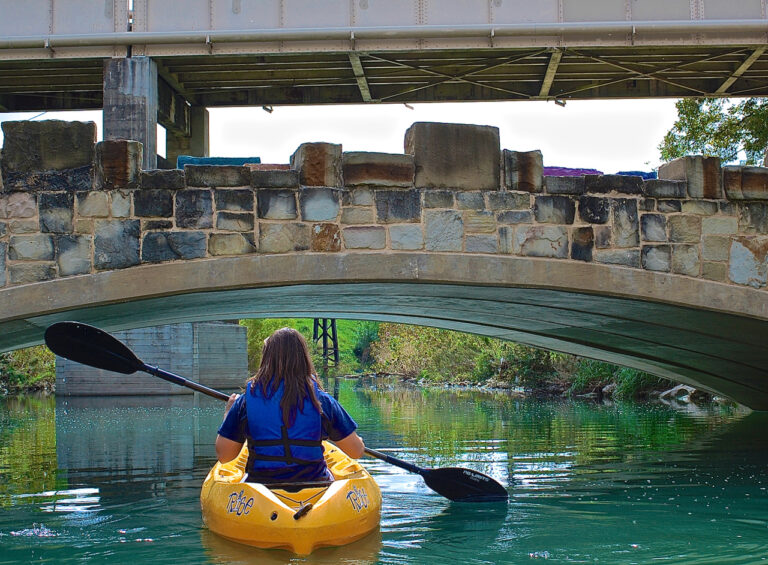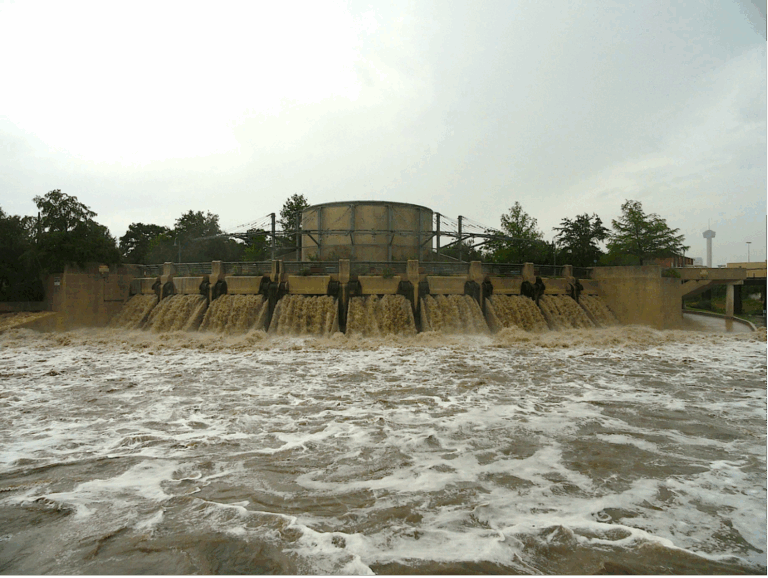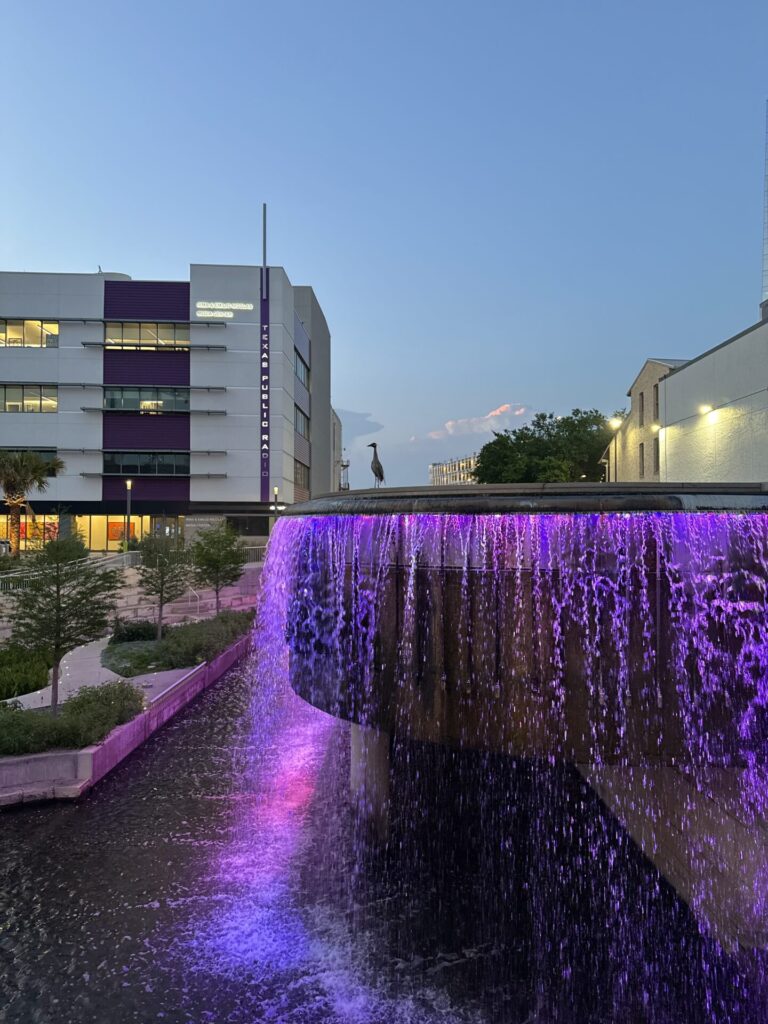Esta serie ofrece a los lectores la oportunidad de aprender acerca de los conocimientos y experiencias únicos de la Junta Directiva de la Autoridad del Río San Antonio (Autoridad del Río) y su conexión personal con el Río San Antonio con la esperanza de inspirar la administración de los arroyos y ríos del área.
¿Qué funciones cumple la Autoridad del Río en materia de seguridad frente a inundaciones?
Las recientes inundaciones en Texas, especialmente en el condado de Bexar y la región montañosa, han sido un claro recordatorio de la necesidad de una planificación y coordinación proactivas ante inundaciones. En materia de inundaciones, la Autoridad del Río San Antonio actúa como socio técnico responsable de la recopilación de datos, la modelización, el análisis, la planificación y la formulación de recomendaciones para proyectos de mitigación de inundaciones. Recientemente tuve la oportunidad de visitar al presidente y a un miembro del Comité Selecto de la Cámara de Representantes sobre Preparación para Desastres e Inundaciones, ya que eran panelistas en una reunión de la Sociedad de Ingeniería. Conocían muy bien la experiencia de la Autoridad del Río San Antonio y agradecieron nuestros esfuerzos.
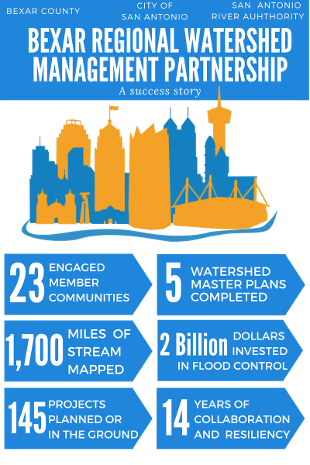
Como socio gerente de la Asociación para la Gestión Regional de Cuencas Hidrográficas de Bexar (BRWM)—que incluye a la Ciudad de San Antonio, el Condado de Bexar, la Autoridad Fluvial y otros municipios locales—, estos esfuerzos se coordinan estratégicamente para abordar las preocupaciones sobre el riesgo de inundaciones y la calidad del agua en toda la región. La estrecha colaboración de la Autoridad Fluvial con estas entidades garantiza que se formulen recomendaciones con base científica para reducir el riesgo de inundaciones y proteger a las comunidades. Animo a todos a que visiten nuestro sitio web y Aprenda qué hace la Autoridad del Río sobre la mitigación y gestión de inundaciones.
¿Tiene algún consejo para la seguridad en caso de inundaciones?
Ante las fuertes lluvias (atípicas de este año) que se producen en nuestra región, ¡estén atentos! Es importante... Mantente alerta y preparado para condiciones climáticas cambiantes. Esté atento a los pronósticos locales y a las alertas o avisos de inundaciones repentinas, que pueden desarrollarse rápidamente durante las tormentas. Antes de partir, controlar bexarflood.org Para actualizaciones en tiempo real sobre cierres de carreteras y cruces de aguas bajas en su área. Si utiliza el Aplicación WazeLa Autoridad del Río también impone los mismos cierres de calles y cruces de aguas bajas. Lo más importante es que se tomen el tiempo para informar a sus familiares y amigos sobre... seguridad contra inundaciones, incluido el peligros de los cruces de aguas bajas y el significado de términos clave como “vigilancia” y “advertencia”, Para que todos estén informados y sepan cómo responder con rapidez y seguridad.
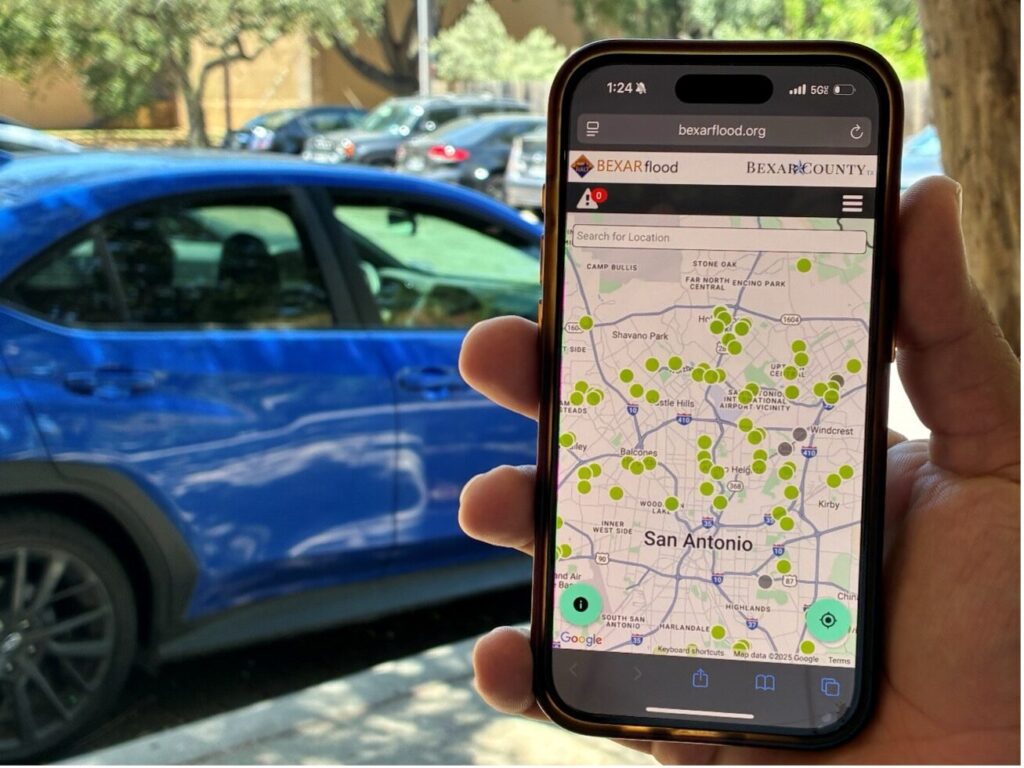
¿Cómo has estado interactuando con los arroyos locales y/o el río San Antonio recientemente?
En mi tiempo libre, mi perro y yo disfrutamos caminando y montando en bicicleta por el sendero del arroyo Salado, río arriba y río abajo del Parque Natural Walker Ranch. Es interesante observar cómo el ecosistema del arroyo cambia con las estaciones, a medida que florecen las flores silvestres y cambia el follaje de los árboles. También es fascinante observar la fauna, desde los cervatillos hasta los... Caracaras crestados que se posan y a menudo anidan cerca del campo de golf Silverhorn en la llanura aluvial detrás de la presa Salado #3 en la cuenca del arroyo Salado.

Caracara crestado—Crédito de la foto: Peter Joseph, voluntario de River Warrior
Acerca de Michael Lackey, Educación Física
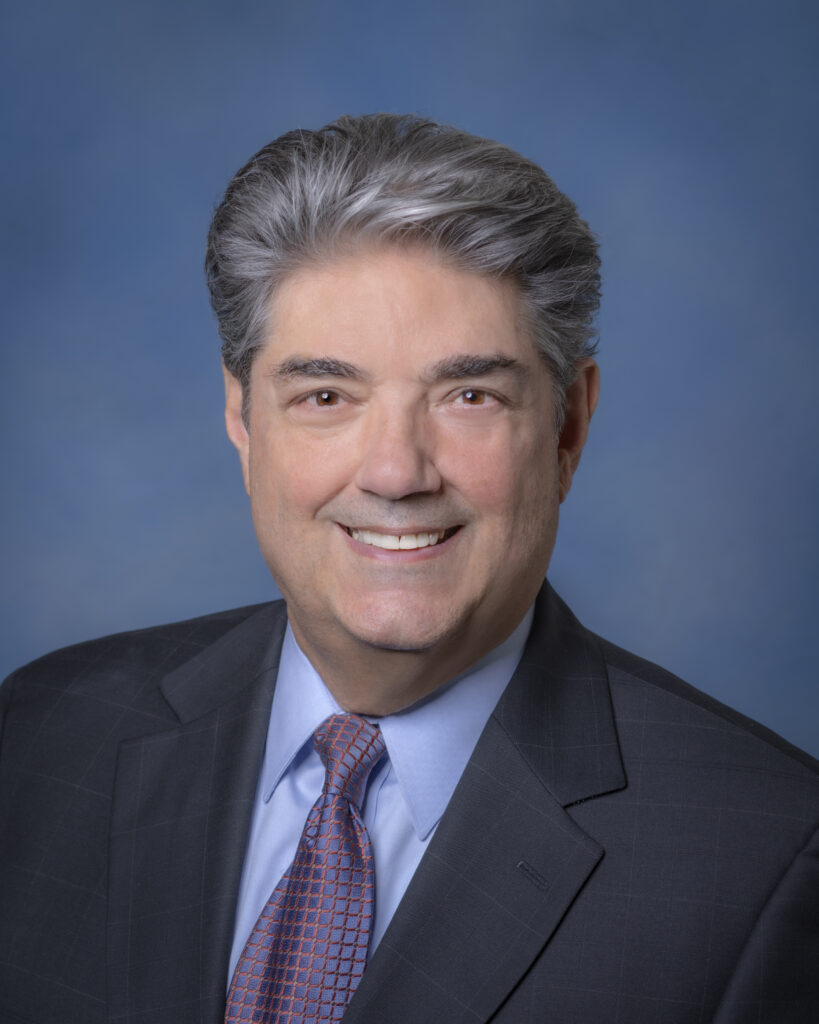
Michael W. Lackey, PE es director de Lackey de Carvajal Cx (LCCx), que es una firma de ingeniería de eficiencia energética. Como profesional acreditado LEED, Lackey verifica que los sistemas de construcción complejos funcionen según lo previsto para lograr la eficiencia energética y hídrica, reducir las emisiones de CO2 y mejorar la calidad ambiental interior. Además, Lackey sirvió en la Junta Directiva del Sistema de Agua de San Antonio de 2001 a 2009 antes de ser elegido miembro de la junta de la Autoridad del Río en 2009.
Lackey, nativo y de toda la vida de San Antonian, se graduó de Central Catholic High School. Tiene una Licenciatura en Ingeniería Mecánica de la Universidad Texas A&M y un MBA de la Universidad de Houston.

